Everything That Goes Into Making an Arc'teryx Jacket
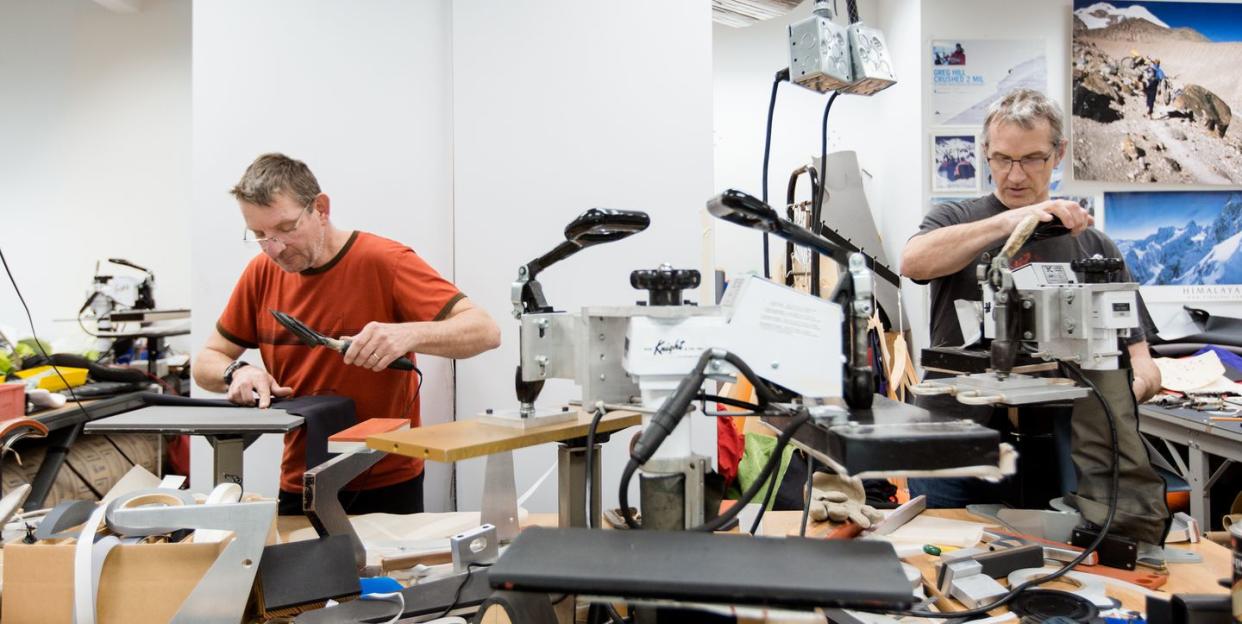
It takes about 17 hours to construct a car. It takes, on average, about five hours to create a single Arc’teryx jacket, designed for the outdoors.
The time spent on each individual Arc’teryx Alpha SV jacket (expect 1,550 stitches alone to build the brand’s “bird and word” logo) includes 198 operations in 28 different work stations. And it's all part of the promise from the Vancouver, B.C., company to build some of the most rugged outdoor gear available.
Close To Home
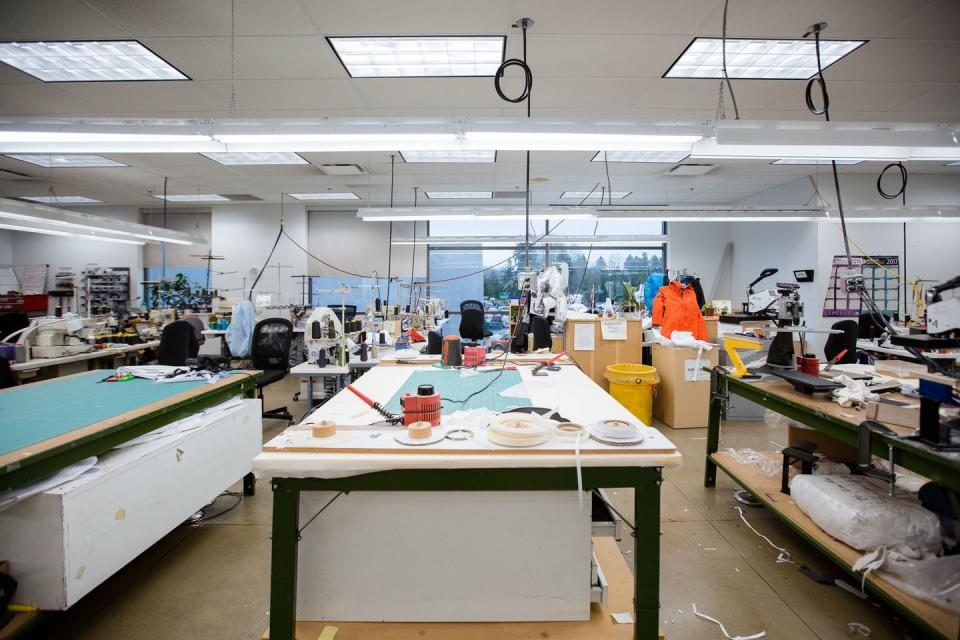
Founded in 1989, Arc’teryx has continued its growth in the outdoor industry, and keeps all the company’s processes close to the vest-or jacket. From prototyping to pattern making and sampling to testing, everything happens inside the brand’s lab at its headquarters in North Vancouver. And just a few mile down the road in New Westminster, the brand opened Arc’One in 2016, a 243,000-square-foot workspace and first factory to be company owned, serving as a home to special runs, small-batch tests, and more extensive prototyping creations.
About 5 percent of all Arc’teryx product comes from this Canadian factory.
But everything starts in the lab in North Vancouver. With designers, color experts, materials gurus, folks building machines to do new-fangled testing and pattern makers all under one roof, Arc’teryx speeds its process of bringing new materials and gear to the market.
Through it all, the Arc’teryx products come with a warranty for the functional lifetime of the product, meaning the company also has a robust warranty division ensuring handmade repairs on years-old product.
Ian Hamilton, Arc’teryx color guru, says each season requires a different inspiration to determine an array of color selections. For an upcoming fall 2020 season-one the team recently wrapped up-the color team created seven men’s color personas and seven for the women, all based on their own color research and testing. At the end of the color selection, the team holds a color naming party (Noah in IT always comes up with some of the best names).
Proving Yourself
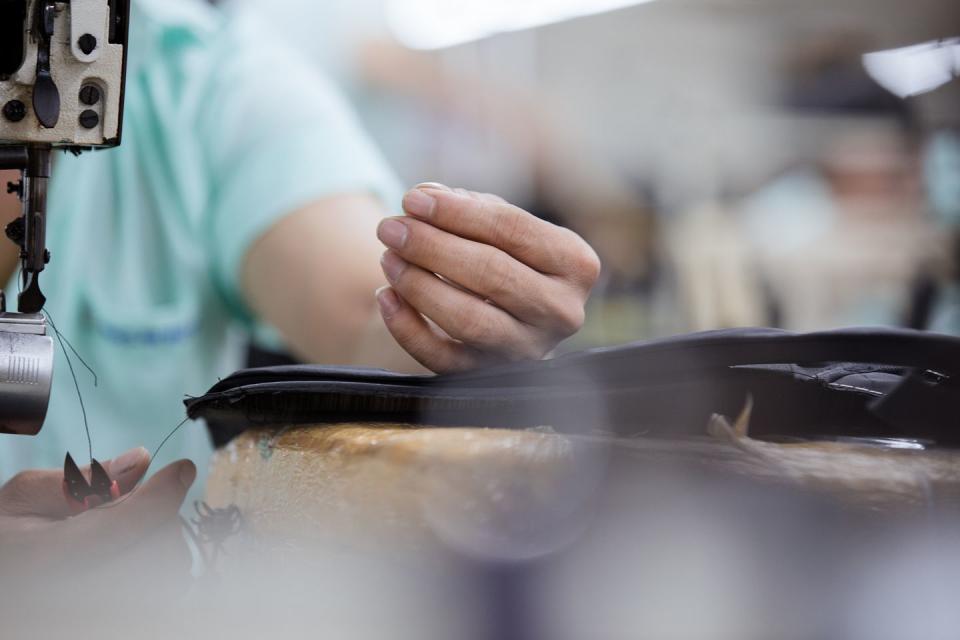
With the concept in hand, materials must be proven.
It isn’t uncommon for Arc’teryx designers to mock-up gear with multiple materials on either side. For example, the left side of a jacket might be made from Gore-Tex material and the right side something else entirely. Those jackets then go through mechanical lab storm testing to see what handles the elements the best. Sometimes, the iterations seem endless and can often be years in the making.
“There are a ton of cool things we do,” says Dan Green, vice president of design. “When we started, you had to make everything yourself so there is this cool relationship with the knowledge of how to make stuff and how it functions.”
That led to Arc’teryx employees making tools in the woodshop to test product, and then comes the final design-from zipper seams to zipper pulls and hood design to underarm fabrics-all packaged together and differentiated for sizing. Then garments move to the Arc’One factory for a true prototype, and once given the multiple quality control sign offs needed from an Arc’teryx product, it moves into full production.
Putting It All Together
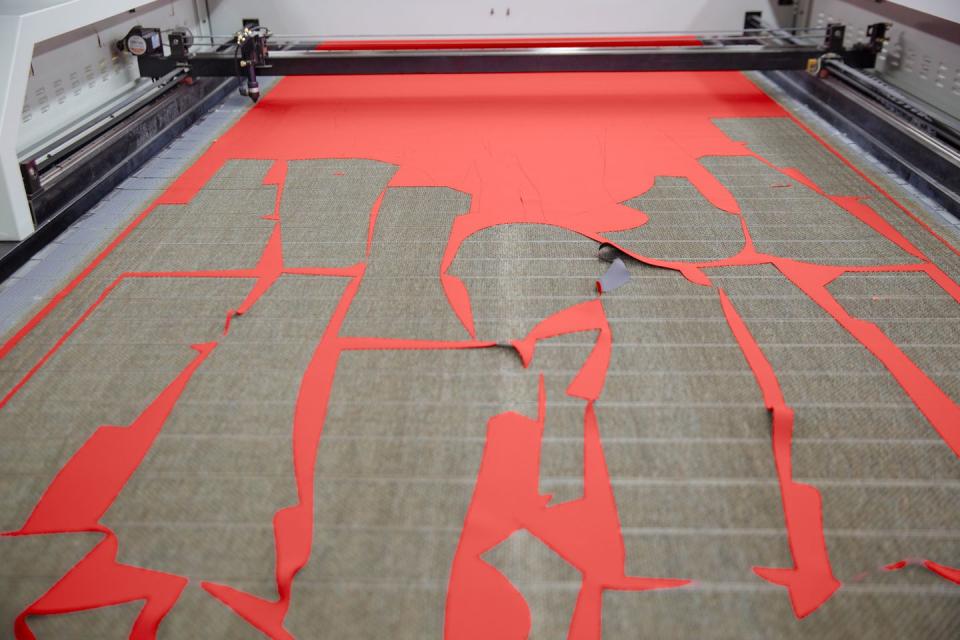
The loading bay at Arc’One sits in the far corner of the warehouse to keep temperature variation at a minimum. As fabric and material roll in, a quality control team checks the batches before okaying it to move into the production stream. Automated cutting machines then pattern out the material for use in multiple products.
Dave Gardner, Arc’One training director, has worked in Arc’teryx factories for more than 20 years and knows the ins and outs of every process, from sewing a stitch to gluing a seam. Gardner says hand-cutting proves just as accurate, but nobody can match the speed of the machine.
The cut material joins with zippers, seam tape and pull tabs to move to about the dozen workers on the sewing team. Step-by-step construction is planned out, moving a jacket down the line, adding each component-the taping of the seams has basically no margin for errors as Arc’teryx uses a low width and offers up a completely waterproof zipper by adding a special coating to the product. Along the way, quality-control checks each of the roughly 100 steps and nearly 200 individual operations to ensure no failures.
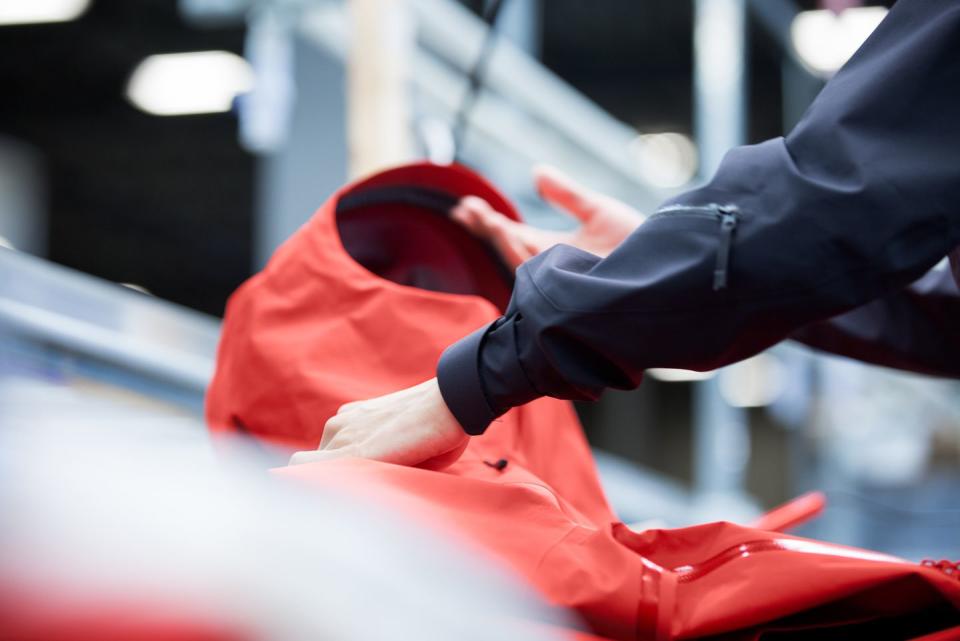
“The way we are doing things is working,” Gardner says. “We have people who care.”
The assembly line process includes lamination, embroidery, seam sealing, zipper and drawcord attachment before the finishing pieces-drawcord, grommets, snaps, cuff tabs and toggles-all get attached by hand. Once that's done, everything gets one last inspection.
One part of the vetting process includes a machine that shoots water pressurized at 3 PSI at the fabric to check for seam sureness and waterproofing. Gardner says if failure ever happens-it has been years since he last saw a failure and he can count on one hand the ones that have happened-it becomes quite a sight with water shooting high into the factory air.
Some of Arc'teryx's Latest Creations
One of the newest examples comes as the Alpha AR 35 backpack. A brand-new liquid crystal polymer fabric updates the weaving process to make the fabric more compatible with high-tenacity nylon. This new Arc’teryx-designed fabric comes with durability meant for alpine and rock climbing. By prioritizing abrasion and tear resistance, designers say, the polymer ripstop grid incorporates in the nylon to offer weatherproof strength, all while ensuring it remains one of the lightest alpine-ready packs on the market.
The fresh Zeta SL Jacket gives Arc’teryx an “emergency shell” designed for hiking. Using a Gore-Tex fabric with special packing technology designed in, the lightweight, minimalist jacket packs tight for an easy addition to a pack, but still offers the waterproof protection needed in ever-changing mountain conditions.
While the Alpha AR and Zeta SL release this spring, Arc’teryx also has new gear planned for fall/winter 2019, including a new jacket for both men and women, a new outdoor shoe, and a fresh approach to lifestyle gear.
The Sentinel (women) and Sabre (men) jacket take on an updated fit and style for fall 2019. Expanding the torso for more spaciousness and flexibility when moving and with room for an extra layer, Arc’teryx also added a softer flannel backer material on the inside for increased comfort. The outer includes a Gore-Tex Pro material for a waterproof and windproof exterior that remain breathable.
The updated Norvan VT 2 shoe offers a new fit by using a TPU shank injected into the sole for additional stability while climbing, improved lugs for traction and a breathable mesh upper protected from abrasion for breathable durability.
Arc’teryx has also embraced lifestyle by creating new fabrics for daily use. The company designed the Alpenex II Heathered fleece fabric for efficient thermal performance with an improved feel. Underarm gussets on the garment also allow improved freedom of movement and the Covert fleece grew streamlined for fall by reducing bulk and seams and offering a minimalistic aesthetic.
('You Might Also Like',)

